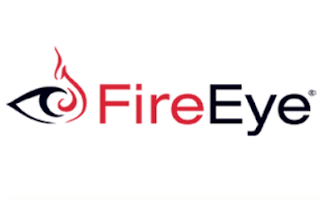Zoom Video Communications, which earlier this month hit the milestone of 300 million daily users (up by 100 million users in a month), is turning to Oracle Cloud Infrastructure to add capacity.
 The companies said that within hours of deployment, Oracle Cloud Infrastructure was able to support hundreds of thousands of concurrent Zoom meeting participants. After achieving full production, Zoom is now enabling millions of simultaneous meeting participants on Oracle Cloud Infrastructure.
The companies said that within hours of deployment, Oracle Cloud Infrastructure was able to support hundreds of thousands of concurrent Zoom meeting participants. After achieving full production, Zoom is now enabling millions of simultaneous meeting participants on Oracle Cloud Infrastructure.
“We recently experienced the most significant growth our business has ever seen, requiring massive increases in our service capacity. We explored multiple platforms, and Oracle Cloud Infrastructure was instrumental in helping us quickly scale our capacity and meet the needs of our new users,” said Zoom CEO Eric S. Yuan.
 The companies said that within hours of deployment, Oracle Cloud Infrastructure was able to support hundreds of thousands of concurrent Zoom meeting participants. After achieving full production, Zoom is now enabling millions of simultaneous meeting participants on Oracle Cloud Infrastructure.
The companies said that within hours of deployment, Oracle Cloud Infrastructure was able to support hundreds of thousands of concurrent Zoom meeting participants. After achieving full production, Zoom is now enabling millions of simultaneous meeting participants on Oracle Cloud Infrastructure.“We recently experienced the most significant growth our business has ever seen, requiring massive increases in our service capacity. We explored multiple platforms, and Oracle Cloud Infrastructure was instrumental in helping us quickly scale our capacity and meet the needs of our new users,” said Zoom CEO Eric S. Yuan.



















